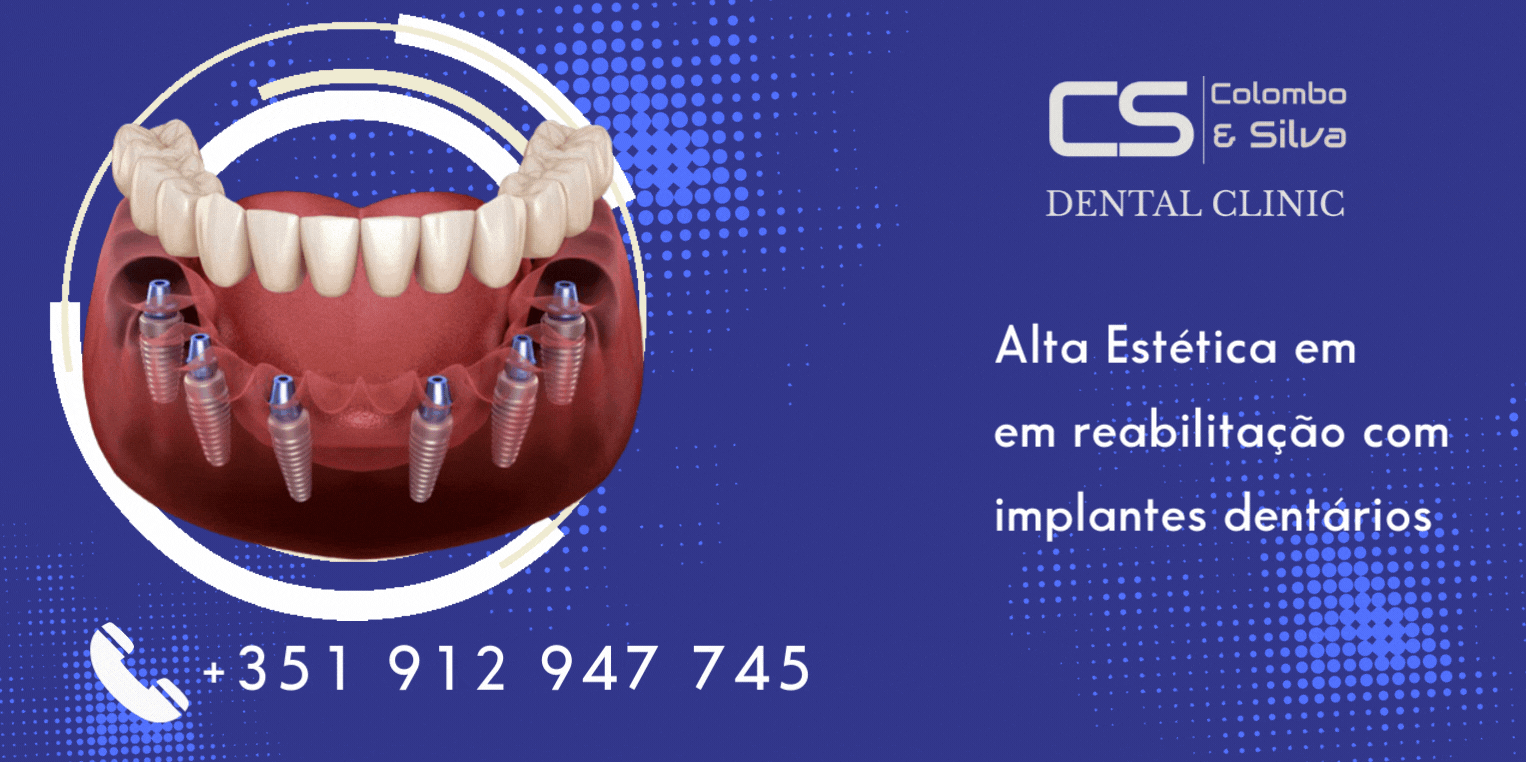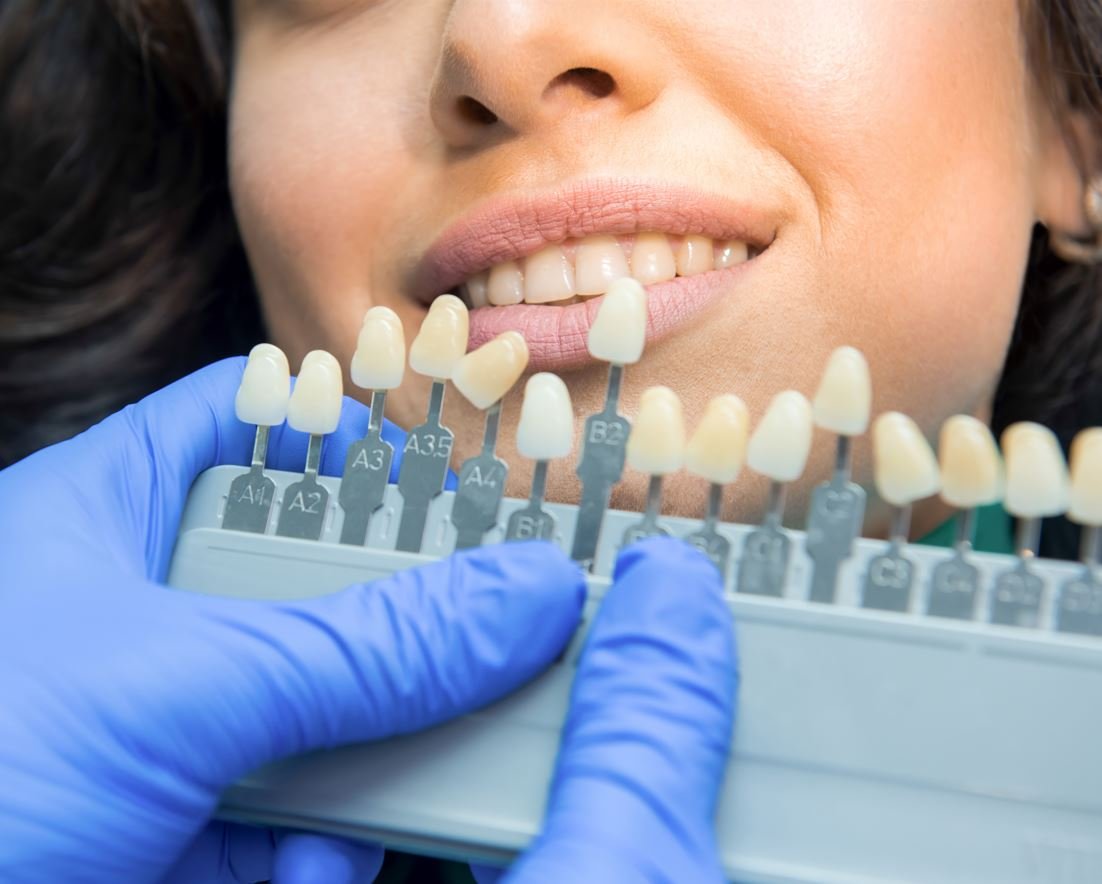Invisalign is a popular orthodontic treatment that can help you achieve a beautiful, straight smile. While Invisalign is an effective and comfortable treatment, there are some tips you can follow to make your Invisalign treatment even more comfortable. In this article, we’ll discuss some simple tips to make your Invisalign treatment more comfortable and successful.
Wear Your Aligners for the Recommended Amount of Time
Wearing your aligners for the recommended amount of time is essential for achieving the desired results of your orthodontic treatment. Aligners are a popular choice for orthodontic treatment because they are removable and more comfortable than traditional braces. However, they must be worn for the recommended amount of time in order to be effective.
Aligners are designed to gradually move your teeth into the desired position. The amount of time they must be worn is determined by your orthodontist and is based on the complexity of your treatment plan. Generally, aligners must be worn for at least 22 hours a day, for a minimum of two weeks. This allows your teeth to move into the desired position gradually and without causing discomfort.
It is important to wear your aligners for the recommended amount of time, as this will ensure that your treatment is successful. If you do not wear your aligners for the recommended amount of time, your teeth may not move into the desired position, or your treatment may take longer than expected. Additionally, not wearing your aligners for the recommended amount of time can cause discomfort and may even lead to permanent damage to your teeth.
In order to ensure that your aligners are worn for the recommended amount of time, it is important to establish a routine. This means setting aside time each day to wear your aligners and making sure that you are consistent with your routine. Additionally, it is important to remove your aligners before eating or drinking anything other than water. This will help to ensure that your aligners remain clean and free from bacteria.
Wearing your aligners for the recommended amount of time is essential for achieving the desired results of your orthodontic treatment. Establishing a routine and being consistent with it will help to ensure that your aligners are worn for the required amount of time. Doing so will help to ensure that your treatment is successful and that your teeth are moved into the desired position without causing discomfort or permanent damage.
Avoid Eating Hard Foods
Avoiding hard foods is an important part of maintaining good oral health. Hard foods can damage teeth and gums, and can lead to painful dental problems. Hard foods can cause tooth enamel to chip, crack, or wear away, leading to sensitivity and pain. They can also cause damage to the gums, leading to gum recession and even gum disease.
When it comes to hard foods, the most important thing to remember is that they should be avoided. This means avoiding crunchy snacks like chips, nuts, and popcorn, as well as hard candy and ice cubes. It also means avoiding hard fruits and vegetables, such as apples and carrots. Even if you are careful to chew these foods carefully, they can still cause damage to your teeth and gums.
In addition to avoiding hard foods, it is also important to practice good oral hygiene. This includes brushing your teeth twice a day with a soft-bristled toothbrush and flossing at least once a day. It is also important to visit your dentist regularly for checkups and cleanings. This will help to ensure that any damage caused by hard foods is caught early and treated appropriately.
By avoiding hard foods and practicing good oral hygiene, you can help to keep your teeth and gums healthy and free from pain. This will help to ensure that you can enjoy all the foods you love without worrying about the damage they may cause.
Use Wax to Reduce Irritation
Waxing is a popular hair removal method that can be used to reduce irritation and improve the appearance of skin. Waxing involves the application of hot wax to the skin, which is then removed quickly to remove unwanted hair. The wax adheres to the hair and pulls it out from the follicle, leaving the skin smooth and free of irritation.
Waxing can be used to reduce irritation in areas of the body that are prone to irritation, such as the bikini line, underarms, and legs. Waxing can also be used to reduce the appearance of ingrown hairs, which can be caused by shaving. Waxing can also help to reduce razor burn, which is caused by using a razor to remove hair.
When waxing, it is important to use a wax that is specifically designed for hair removal. Many waxes are available in different formulas, such as hard wax, soft wax, and strip wax. Each type of wax has its own advantages and disadvantages, so it is important to choose the right type of wax for your skin type and hair type.
It is also important to prepare the skin before waxing. This includes exfoliating the skin to remove any dead skin cells and to open up the pores. This will help the wax to adhere to the hair and make it easier to remove. It is also important to clean the area with a gentle cleanser to remove any dirt or oil that may be present.
After waxing, it is important to apply a moisturizer to the area to help soothe the skin and reduce any irritation. It is also important to avoid any activities that may cause friction to the area, such as swimming or exercising. This will help to reduce any irritation and help the skin to heal.
Waxing can be an effective way to reduce irritation and improve the appearance of skin. It is important to choose the right type of wax for your skin type and hair type, and to prepare the skin before waxing. Additionally, it is important to apply a moisturizer after waxing to help soothe the skin and reduce any irritation. With proper care and maintenance, waxing can be a great way to reduce irritation and improve the appearance of skin.
Practice Good Oral Hygiene
Practicing good oral hygiene is essential for overall health and wellbeing. It is important to take the time to brush and floss your teeth at least twice a day, as well as to visit your dentist for regular check-ups. Good oral hygiene helps to prevent cavities, gum disease, and other dental problems.
Brushing your teeth is the most important part of oral hygiene. Use a soft-bristled toothbrush and fluoride toothpaste to brush your teeth for two minutes, twice a day. Be sure to brush all surfaces of your teeth, including the front, back, and chewing surfaces. It is also important to brush your tongue to remove bacteria and freshen your breath.
Flossing is another important part of oral hygiene. Flossing helps to remove plaque and food particles from between your teeth and along the gum line. It is recommended to floss at least once a day.
In addition to brushing and flossing, it is important to visit your dentist for regular check-ups. Your dentist can detect any signs of dental problems, such as cavities or gum disease, and can provide treatment if necessary.
Finally, it is important to limit your intake of sugary and acidic foods and drinks. These can damage your teeth and increase your risk of cavities.
By following these steps, you can ensure that your teeth and gums remain healthy and strong. Good oral hygiene is essential for overall health and wellbeing, so make sure to take the time to practice good oral hygiene every day.
Take Breaks During Treatment
Taking breaks during treatment is an important part of any medical treatment plan. Breaks can help reduce stress, provide a chance to rest and relax, and help to maintain a positive attitude throughout the treatment process.
When taking breaks during treatment, it is important to remember that the goal is to provide a break from the treatment itself. This means that it is important to take a break from any activities that are related to the treatment, such as going to doctor’s appointments, taking medications, or undergoing tests. Instead, it is important to focus on activities that are not related to the treatment, such as spending time with family and friends, engaging in hobbies, or taking a break from work.
It is also important to remember that taking breaks during treatment does not mean that the treatment is being neglected. In fact, taking breaks can help to improve the effectiveness of the treatment. Taking breaks can help to reduce stress, provide a chance to rest and relax, and help to maintain a positive attitude throughout the treatment process.
When taking breaks during treatment, it is important to make sure that the break is not too long. Taking too long of a break can cause the treatment to become less effective, as the body may become accustomed to the treatment and the effects may begin to diminish. It is also important to make sure that the break is not too short, as this can cause the body to become overwhelmed and may lead to further complications.
Taking breaks during treatment can be a beneficial part of any medical treatment plan. Taking breaks can help to reduce stress, provide a chance to rest and relax, and help to maintain a positive attitude throughout the treatment process. It is important to remember that taking breaks does not mean that the treatment is being neglected, and that taking too long or too short of a break can have negative effects. By taking breaks during treatment, it is possible to ensure that the treatment is as effective as possible.
Conclusion
In conclusion, Invisalign treatment can be a great way to achieve the smile you’ve always wanted. However, it can be uncomfortable if not taken care of properly. To make your Invisalign treatment more comfortable, make sure to brush and floss your teeth regularly, use wax to cover any sharp edges, and avoid hard or sticky foods. Additionally, it’s important to keep up with your regular check-ups and aligner changes to ensure your treatment is going as planned. With these tips, you can enjoy a comfortable and successful Invisalign treatment.



